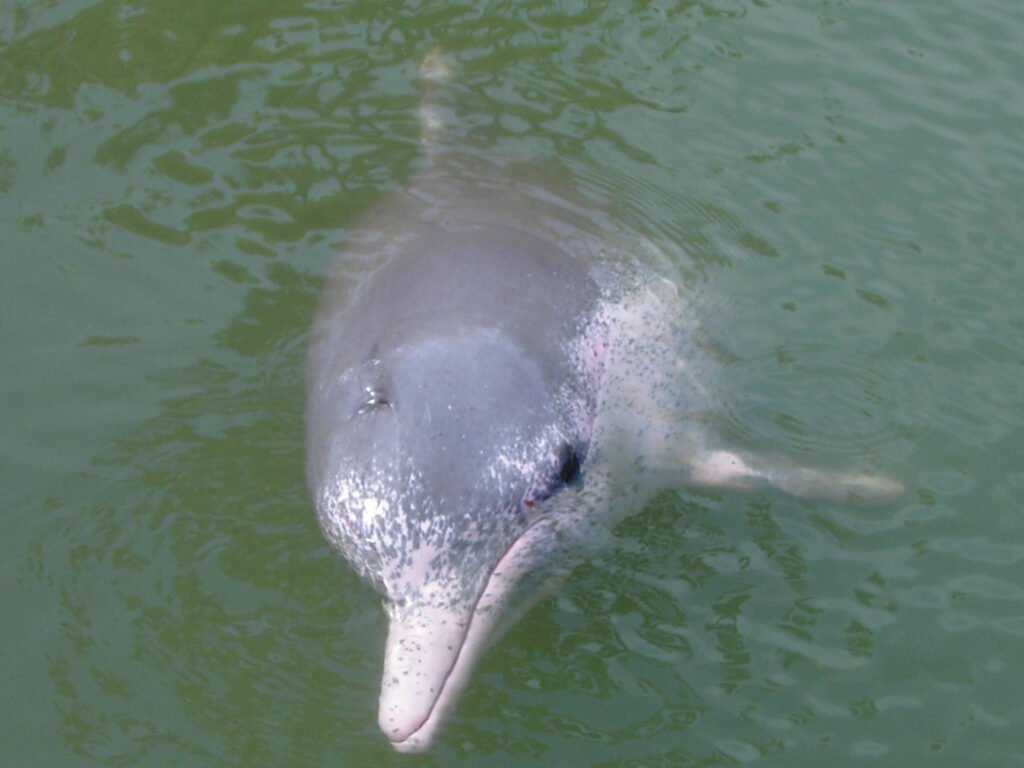With winter approaching across New England, pet owners face unique challenges that could seriously impact their furry friends’ health and safety. The Maine-based publication released its forecast for the upcoming season on Monday, predicting “dramatic swings and widespread wintry weather”, and multiple weather forecasts suggest “Frequent snowstorms in New England should keep snow lovers happy” this season. But before you celebrate the coming winter wonderland, there are critical safety concerns every pet owner needs to understand. From hidden chemical dangers lurking on sidewalks to life-threatening temperature drops, this winter could present serious risks that many pet parents aren’t prepared for.
Deadly Ice Melts and Chemical De-icers
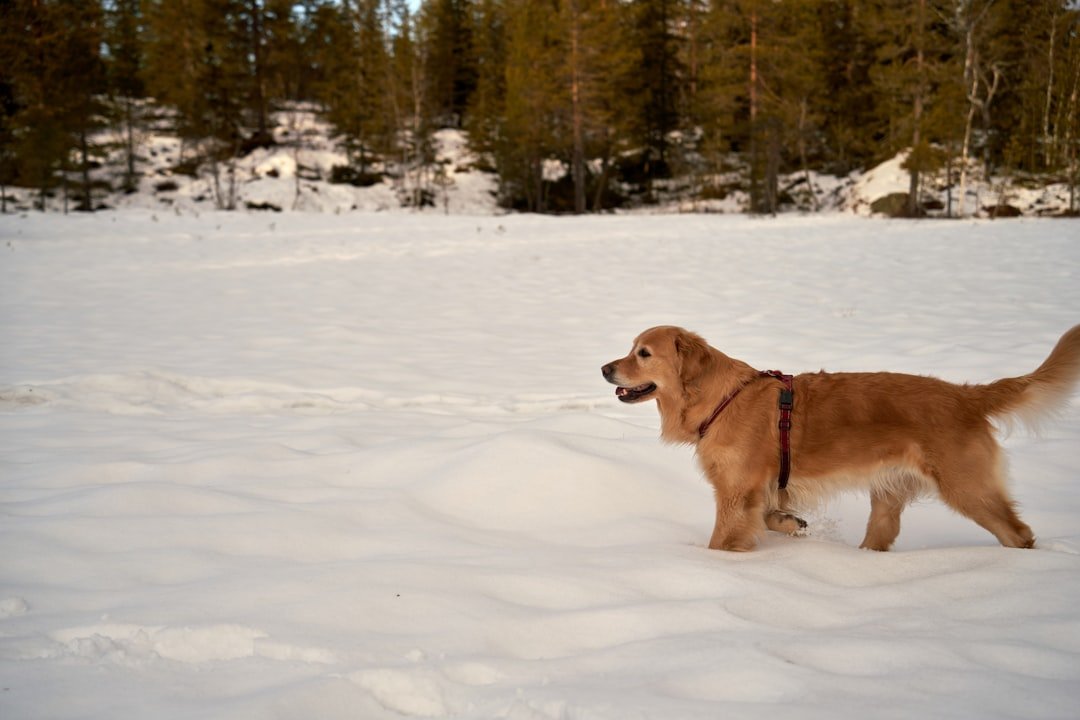
The most dangerous winter threat to pets might be hiding right under their paws. Ice melts are commonly made of different kinds of salt. Sodium chloride, potassium chloride, calcium chloride and magnesium chloride are all common ingredients. These chemicals don’t just irritate – they can kill.
In the worst case scenario, salt poisoning can cause seizures, coma, organ damage, or even death. What makes this particularly terrifying is how easily pets get exposed. While pets don’t typically ingest ice melts on purpose, your pet may become exposed if they lick their feet after walking through a recently treated area, or by eating snow that may have ice melts in it. Even worse, there are some pets who find that they like the salty taste of ice melts and will eat it directly out of the packaging if given the chance.
Antifreeze: The Sweet Killer
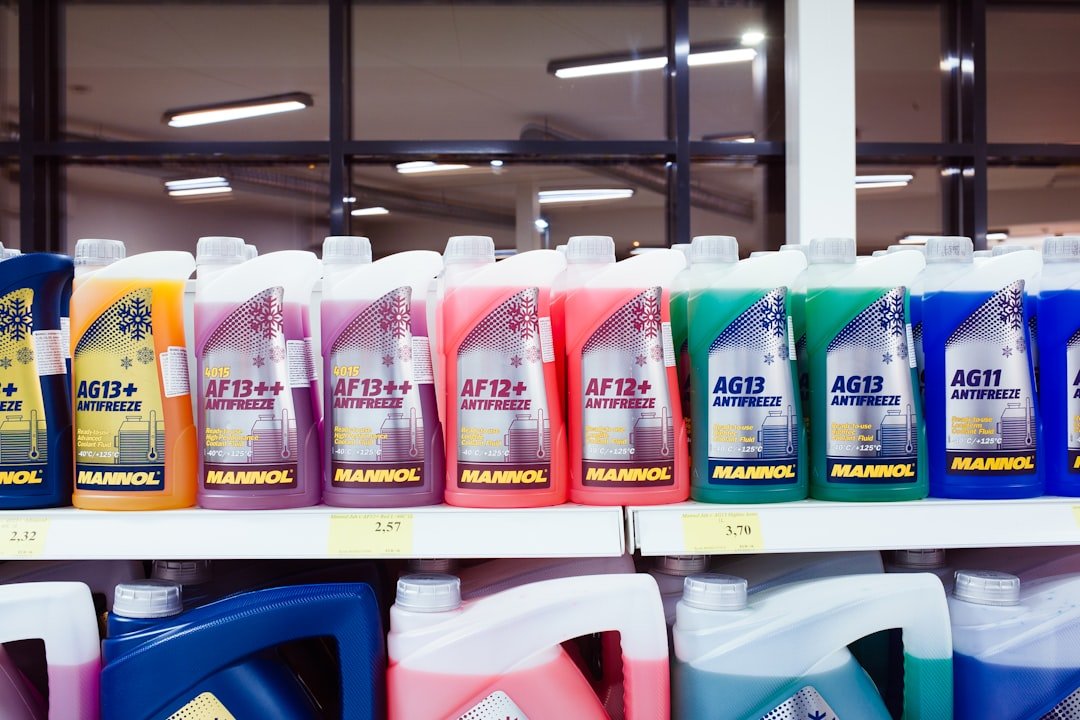
Antifreeze presents perhaps the most insidious danger because antifreeze (ethylene glycol) tends to have sweet flavor that it seems to entice dogs and cats to want to ingest it. This sweetness is a death trap. According to the ASPCA Animal Poison Control Center, ethylene glycol is one of the most common causes of poisoning in pets. This is likely due to the readily availability of antifreeze, its possible pleasant taste, and the fact that just a small amount can be fatal.
The symptoms are deceptive too. Stage 1 (30 mins – 12 hours after ingestion): Unmetabolized ethylene glycol has very similar effects to ethanol, so at this stage, a dog may appear intoxicated. Central nervous system (CNS) signs may include depression, stumbling, a “drunken” gait (ataxia), muscle twitching, decreased reflexes, and trouble getting up/standing. Time is everything – Dogs need to be treated within 6-12 hours of ingestion but have the best prognosis if treated within the first 4-6 hours. There is no time to lose in getting them to the emergency veterinarian.
Paw Pad Burns and Injuries
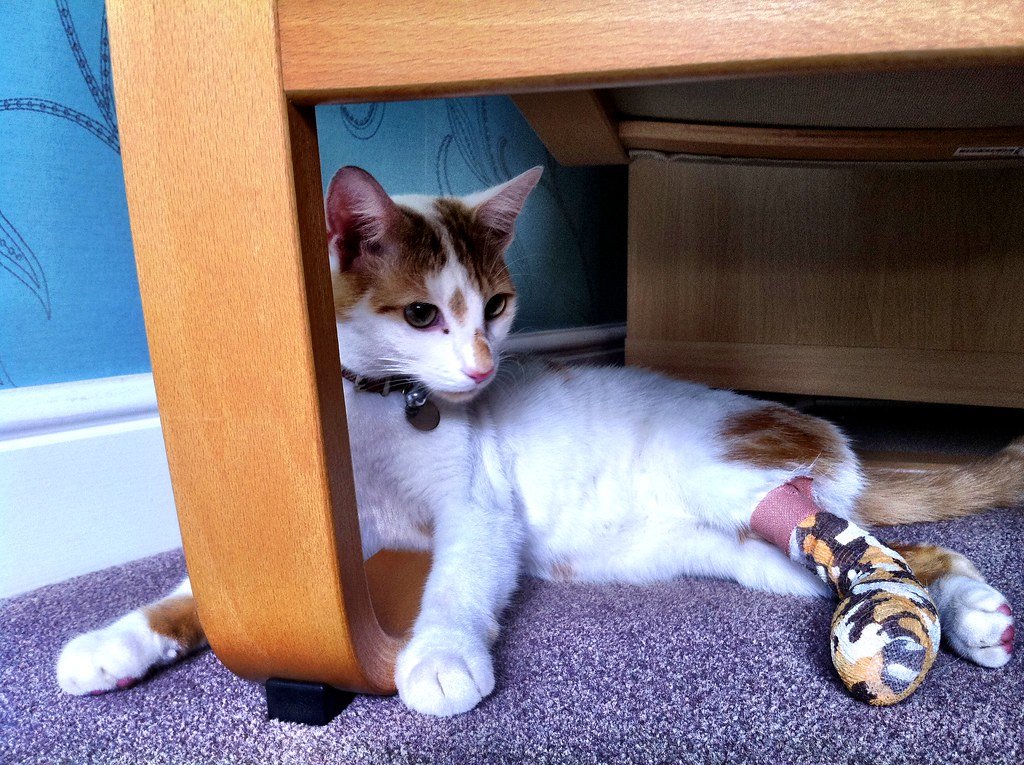
Those cute little paw pads aren’t as tough as they look against winter chemicals. Rock salt that is commonly used to melt ice can cause injuries, irritation, or burns to paws. A dog’s paw pads could become sore from repeatedly stepping on rough salt crystals. Or, a sharp edge could cut into a dog’s paw, resulting in a laceration and bleeding.
Prolonged exposure to rock salt can have an irritating effect on a dog’s paws. Ingestion can cause minor symptoms like gastrointestinal (GI) irritation to more severe ones, like high blood sodium levels. The scariest part? These injuries can happen during routine winter walks that you do every single day.
Frozen Water Hazards and Hidden Dangers
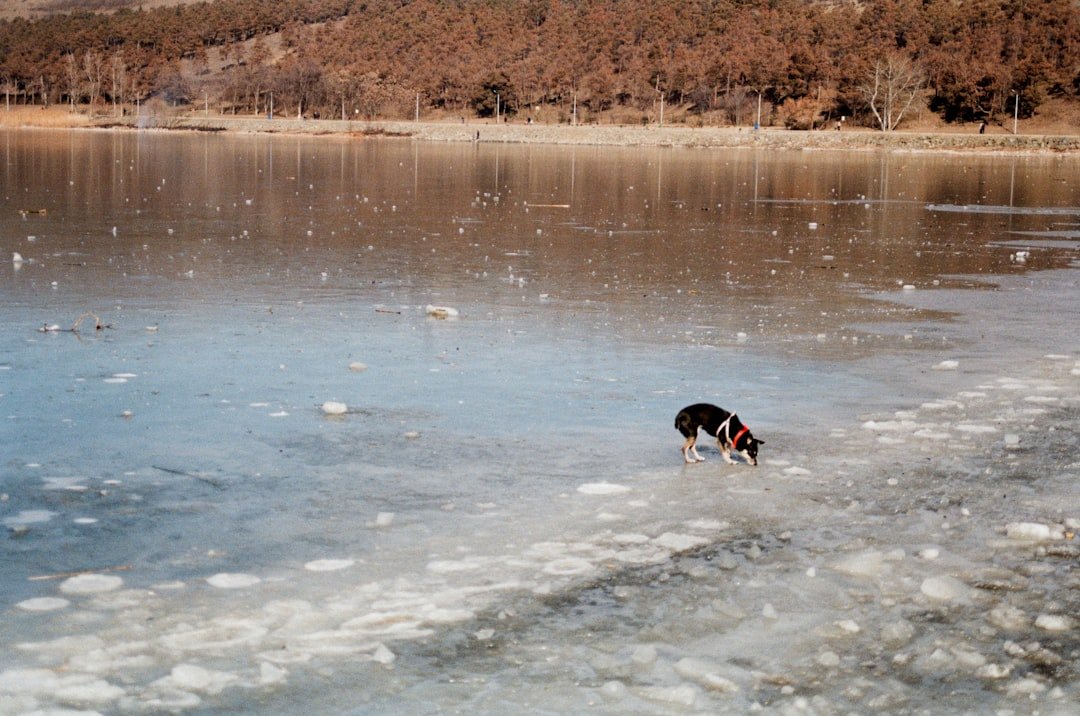
Winter transforms familiar landscapes into potential death traps for pets. Avoid frozen ponds, rivers and lakes, which can be deadly for pets who fall through the ice, Greenstein says. But the danger isn’t just obvious bodies of water. Because bodies of water can be invisible under snow, it’s best to keep pets on leash at all times, says Lindsey Wolko, founder and CEO of the Center for Pet Safety, who says off-leash pets are more prone to getting lost in winter because snow can cover up the scent cues they might otherwise use to navigate home.
Think about it – that innocent-looking snow pile could be covering a storm drain, a frozen puddle, or worse. Watch out for ice patches, sharp objects hidden under the snow, and any other potential hazards. Supervise pets outdoors at all times. Accidents can happen quickly, often in mere seconds.
Car Engine Warming Traps

Here’s a danger most pet owners never consider: cats seeking warmth in the worst possible places. Cats may seek shelter in warm nooks and crannies – like automobile engines. “You want to pound on the hood of your car before you start it in the morning to make sure you don’t have a cat or any kind of rodent that has gone up there to absorb the warmth,” Wolko says.
This isn’t just about stray cats either. Indoor cats who slip outside for just a few minutes can make this fatal mistake. A warm vehicle engine can be an appealing heat source for outdoor and feral cats, but it can be deadly. Check underneath your car, bang on the hood, and honk the horn before starting the engine to encourage feline hitchhikers to abandon their roost under the hood. Imagine the horror of accidentally hurting a cat this way.
Hypothermia and Frostbite Risks
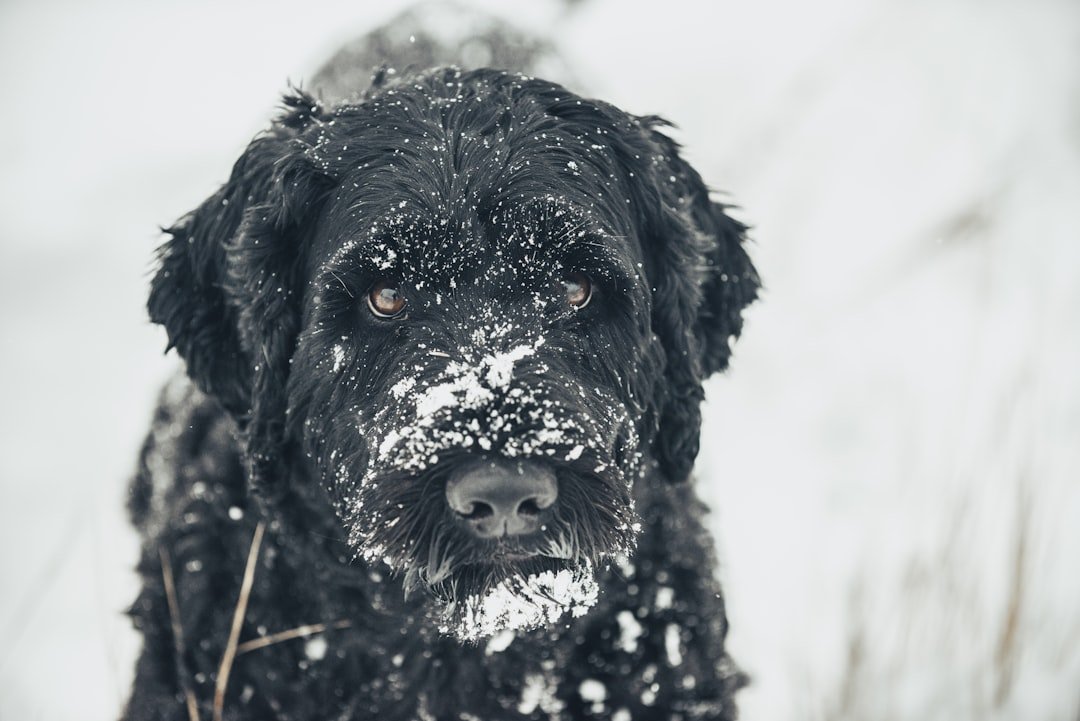
Don’t let that fluffy coat fool you – pets are just as vulnerable to extreme cold as humans. Just like humans, pets can also suffer from dangerous weather-caused conditions like hypothermia and frostbite. The most vulnerable areas are predictable but often overlooked.
Cats and dogs are particularly vulnerable to frostbite on the tips of their ears, tails and paws, so in extreme cold, animals should only be outside for very short periods of time. What’s especially concerning is that Younger pets and short-haired breeds tend to be particularly vulnerable in cold temperatures, as are elderly pets or those with certain health conditions. Petryk advises talking with your pet’s veterinarian about their specific risks in frigid weather, but keep in mind that all dogs and cats require proper protection.
Winter Food and Water Needs
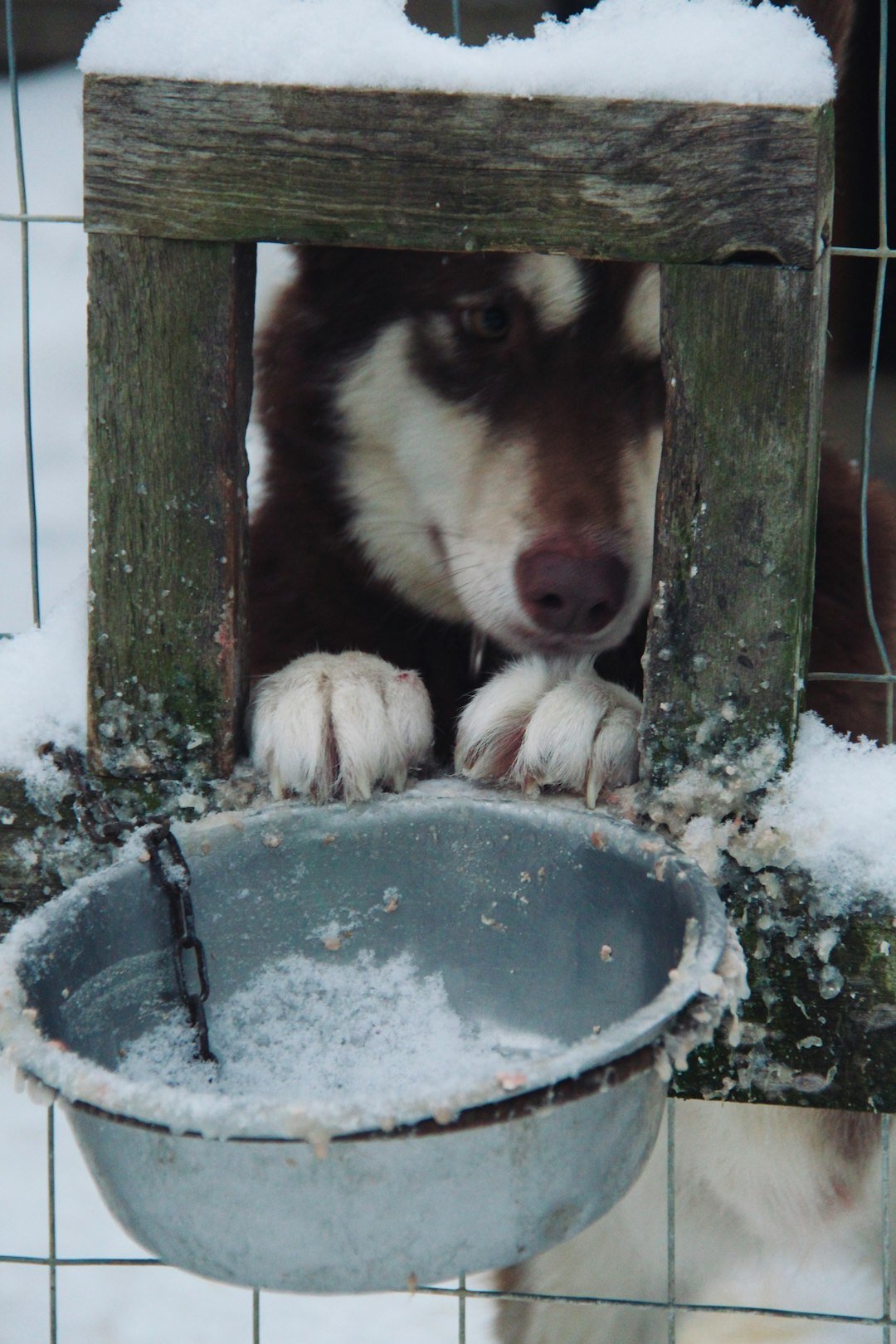
Your pet’s nutritional needs change dramatically in winter, and getting this wrong could weaken their ability to stay warm and healthy. Feed your pet a little extra in the winter months. Pets burn extra energy by trying to stay warm in wintertime. Feeding them a little bit more can provide much-needed calories, and making sure they have plenty of water to drink will help keep them well-hydrated and their skin less dry.
In the cold winter, your pet will burn more calories to keep warm. One of the crucial aspects of pet safety during winter is therefore managing their food intake. If your pet exercises outdoors a lot, think about increasing their food intake by a little bit. But here’s the tricky part – you need to balance extra calories with potentially reduced exercise due to harsh weather.
Skin and Coat Complications
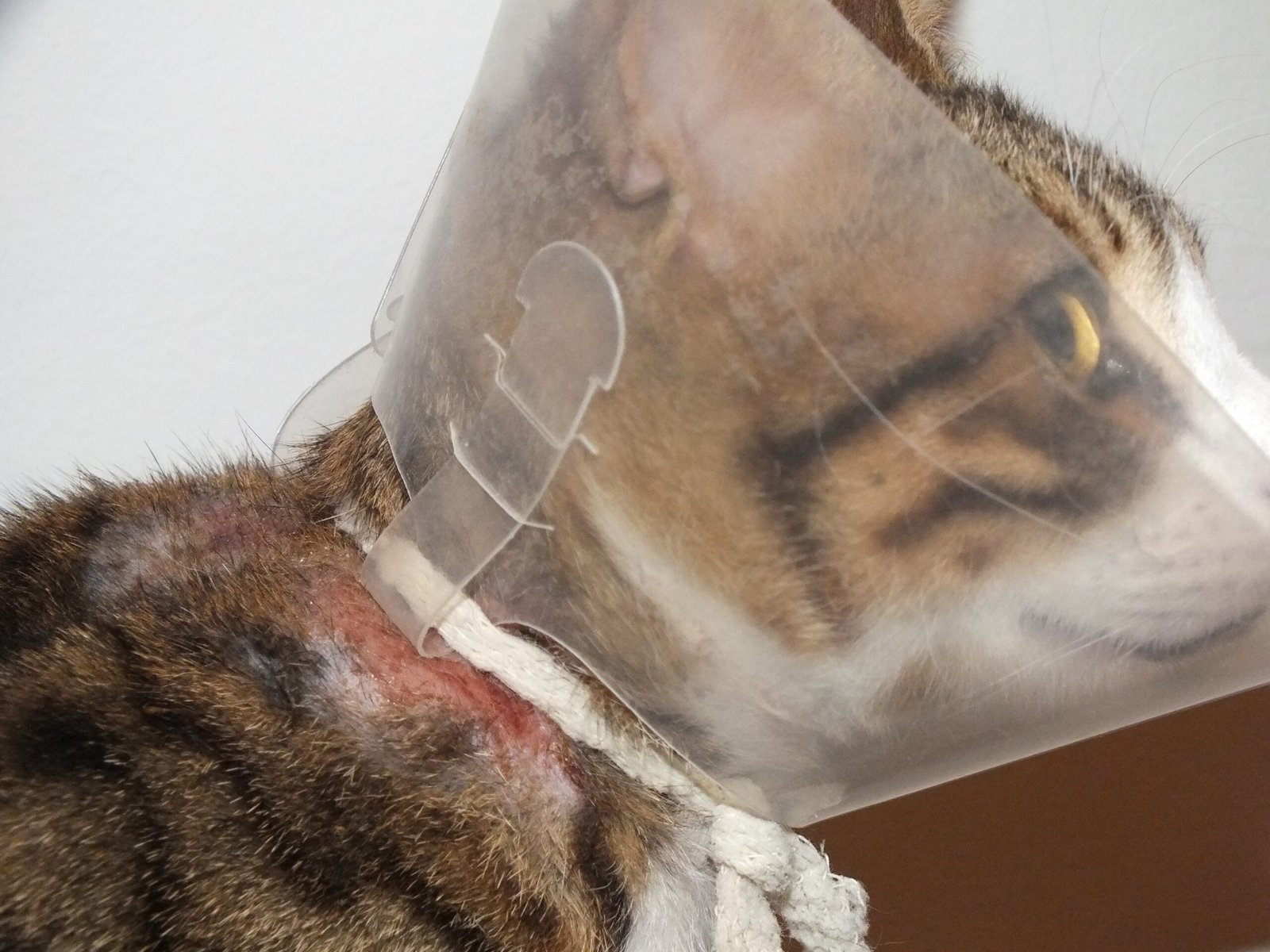
Exposure to winter’s dry, cold air and chilly rain, sleet and snow can cause chapped paws and itchy, flaking skin, but these aren’t the only discomforts pets can suffer. Winter walks can become downright dangerous if chemicals from ice-melting agents are licked off of bare paws. The indoor environment makes this worse too.
Here’s what many pet owners don’t realize: Bathe your pets as little as possible during cold spells. Washing too often can remove essential oils and increase the chance of developing dry, flaky skin. If your pooch must be bathed, ask your vet to recommend a moisturizing shampoo and/or rinse. Your home’s heating system is essentially creating a desert environment for your pet’s skin.
Emergency Warning Signs to Watch For

Knowing when to panic could save your pet’s life. For salt poisoning, Elevated sodium (hypernatremia) can result in neurologic symptoms. High blood sodium levels that can develop after ingestion of rock salt may result in these neurologic symptoms, including: confusion, seizures, and worse.
For antifreeze poisoning, the timeline is critical: You may also see vomiting, increased thirst (polydipsia), and increased urination (polyuria). Stage 2 (12 – 24 hours after ingestion): After 12 hours, your dog may temporarily appear to recover and act relatively normal. This false recovery is especially dangerous because Once a pet shows signs of kidney damage, the prognosis is extremely poor. Don’t wait to see if symptoms improve.
Critical Prevention Strategies
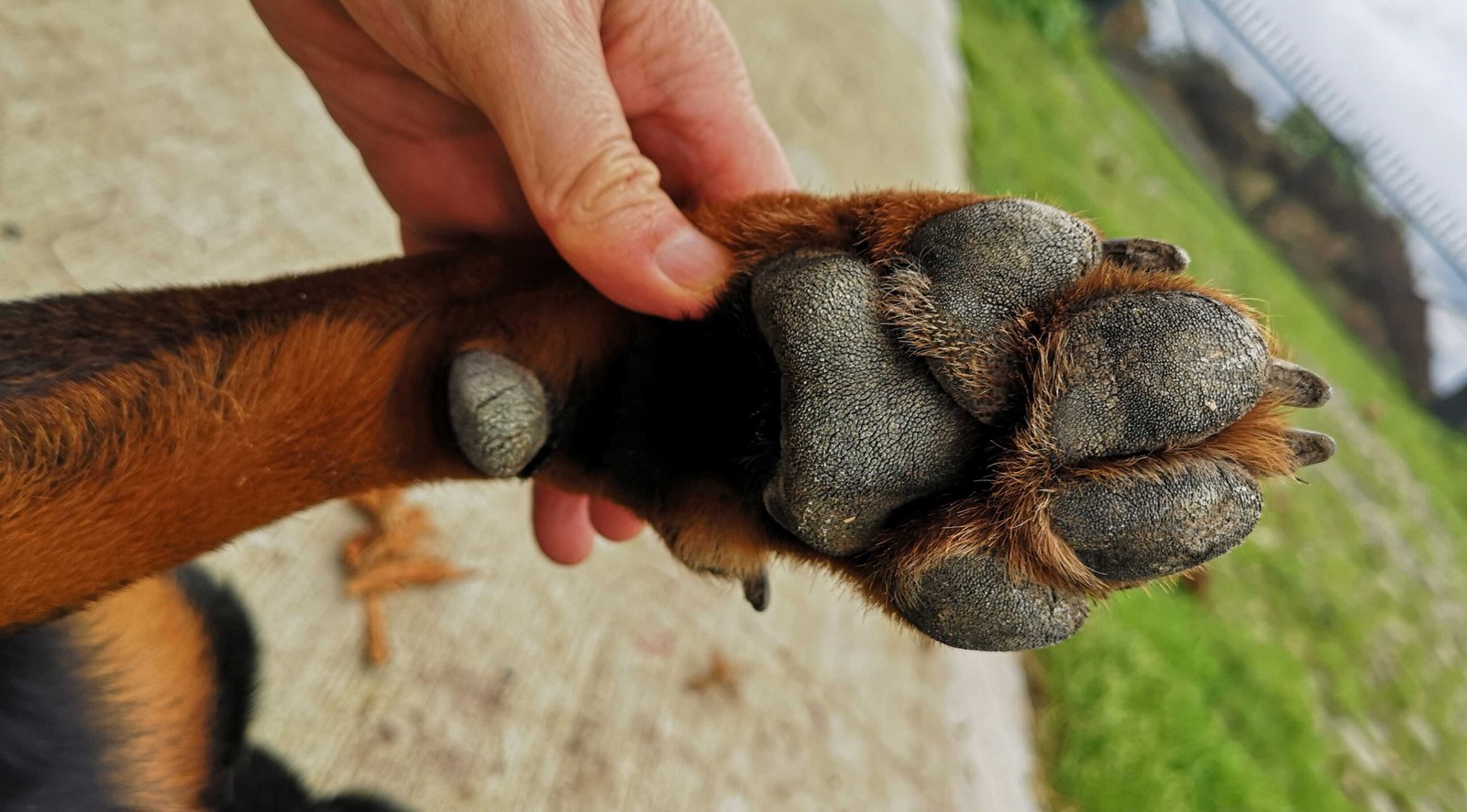
The best approach is aggressive prevention because treatment options are limited once exposure occurs. Massage petroleum jelly or other vet-approved paw protectants into paw pads before going outside to protect from salt and chemical agents. Booties can provide even more coverage and can also prevent sand and salt from getting lodged between bare toes and causing irritation.
After each walk, make sure to wash and dry your pet’s feet and stomach to remove ice, salt and chemicals. This isn’t optional – it’s essential. During walks, your dog’s feet, legs and belly may pick up de-icing products, antifreeze, or other chemicals that could be toxic. When you get back inside, wipe down (or wash) your pet’s feet, legs and belly to remove these chemicals and reduce the risk that your dog will be poisoned after (s)he licks them off of his/her feet or fur.
Winter in New England doesn’t have to be a season of fear for pet owners, but it demands respect and preparation. Remember, if it’s too cold for you, it’s probably too cold for your pet, so keep your animals inside. If left outdoors, pets can freeze, become disoriented, lost, stolen, injured or killed. The threats are real – from chemical burns to organ failure to accidental death – but they’re also largely preventable with the right knowledge and precautions. This winter, your vigilance could mean the difference between a safe season and a tragic emergency. Are you prepared to protect your beloved companion when the snow starts falling?



